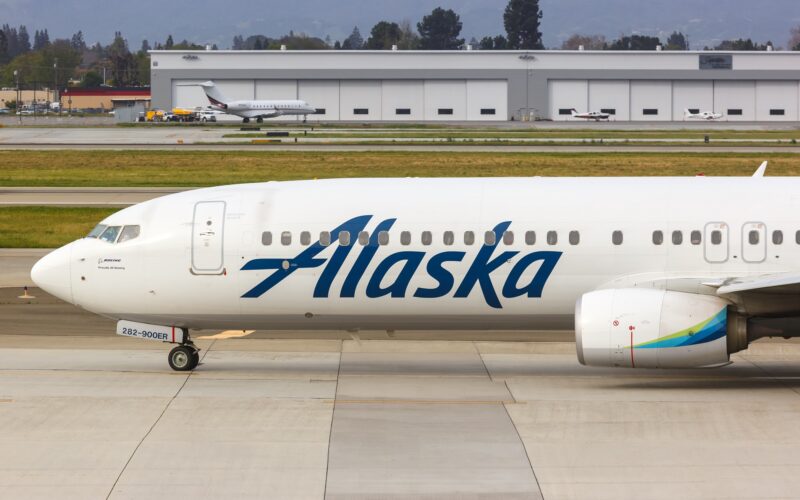The United States (US) Federal Aviation Administration (FAA) has issued a Notice of Proposed Rulemaking (NPRM) to fix a software bug on Boeing 737 NextGeneration (NG) aircraft that has resulted in display unit (DU) blanking on approaches to certain runways.
The FAA is superseding an Airworthiness Directive (AD), published in 2019, which required operators not to use Boeing 737 NGs with certain software on some runways. The agency provided context that the AD was prompted by reports of blanking DUs due to Display Electronics Unit (DEU) errors when landing at Wiley Post–Will Rogers Memorial Airport (BRW), Utqiagvik, Alaska, the US.
Utqiagvik was previously known as Barrow.
A later investigation revealed that “the problem occurs when a certain combination of software is installed and a susceptible runway with a 270-degree true heading is selected for instrument approach”. However, only seven runways in the world have latitude and longitude values that could trigger the bug.
As such, the airplane flight manual (AFM) was amended to “prohibit selection of certain runways for airplanes equipped with certain software”.
The new NPRM, filed on August 3, 2023, and set to be published on August 4, 2023, would require “installing the new software and performing a software configuration check, which would terminate the AFM revision”.
The NPRM was filed on the back of Boeing developing new software to address the issue.
Interested stakeholders are invited to comment for 45 days from August 4, 2023. Subsequently, the FAA will publish the finalized AD.
FAA has estimated that the proposed AD would affect 1,739 Boeing 737 NGs registered in the US, with the installation of the software setting back operators a total of $1.9 million. Per aircraft, the installation is estimated to cost up to $1,145, with the cost estimate including parts ($975) and two work hours ($85 per work hour).
The Boeing 737 NG aircraft family is comprised of the 737-600, 737-700, 737-700C, 737-800, 737-900, and 737-900ER.
Airlines would still need to revise the AFM, which is expected to take one working hour.

